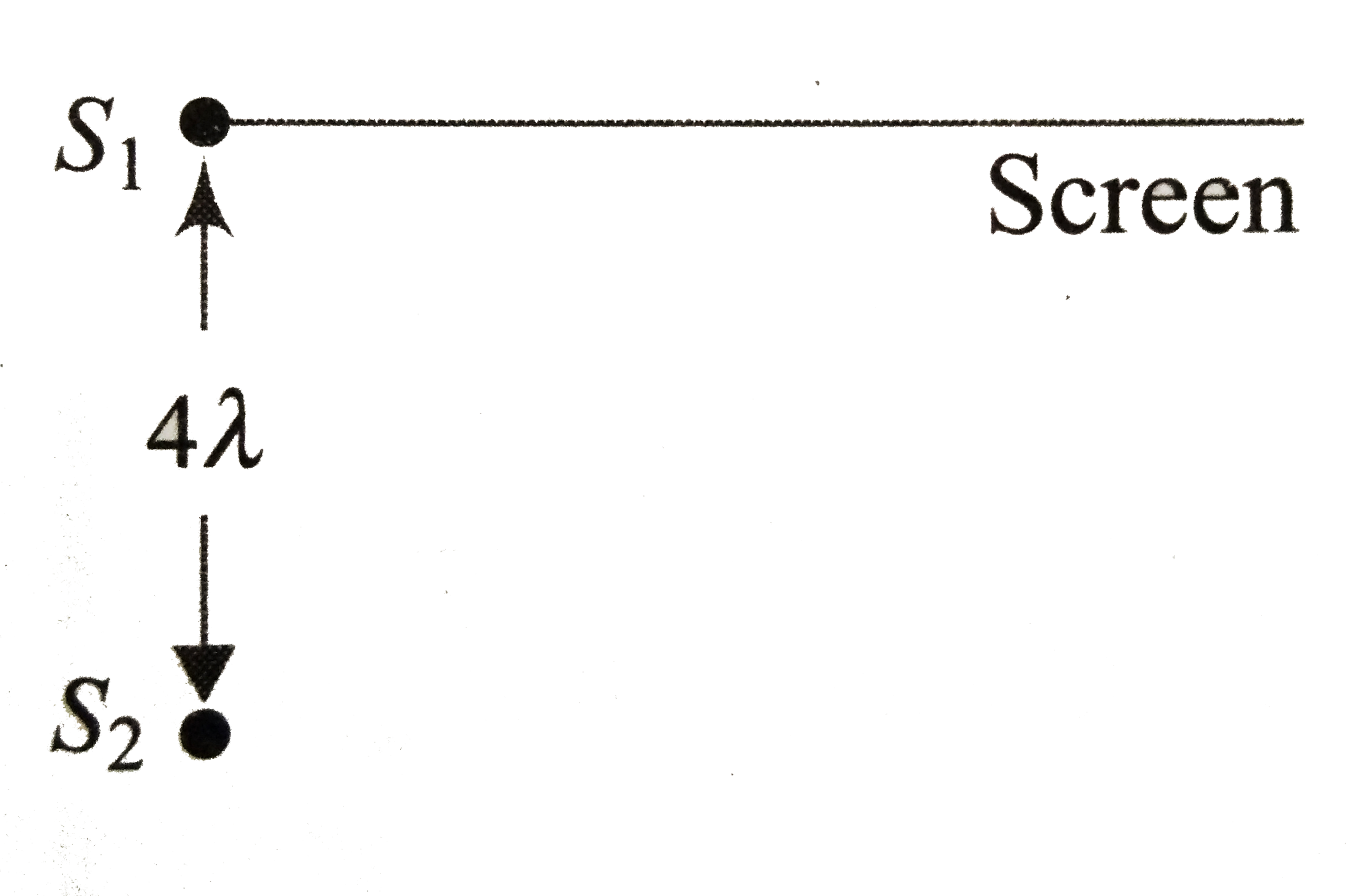Two sources are called coherent if they produce waves
1.of equal wavelength
2.of equal velocity
3.having same shape of wavefront
4.having a constant phase difference.
The correct Answer is:D
Step-by-Step Solution:
1. Understanding Coherent Sources:
- Coherent sources are defined as two or more sources that emit waves with a constant phase difference. This means that the waves produced by these sources maintain a consistent relationship in their phases over time.
2. Key Characteristics of Coherent Sources:
- Equal Wavelength: The waves produced by coherent sources must have the same wavelength.
- Equal Velocity: The speed of the waves must be the same.
- Same Shape of Wavefront: The wavefronts produced should be identical in shape.
- Constant Phase Difference: The phase difference between the waves must be constant, which can be zero or any other fixed value.
3. Evaluating Options:
- When presented with multiple-choice options, we need to identify which option correctly describes coherent sources based on the characteristics listed above.
- Option 1 states something that does not align with the definition, making it incorrect.
- Option 2 also does not match the coherent source definition, hence incorrect.
- Option 3 fails to meet the criteria as well, thus incorrect.
- Option 4 correctly states that coherent sources have either a zero phase difference or a constant phase difference, making it the correct choice.
4. Conclusion:
- After evaluating all options, we conclude that the correct definition of coherent sources aligns with option 4, which states that they have a constant phase difference.
Final Answer: Option 4 is correct.
---
- Coherent sources are defined as two or more sources that emit waves with a constant phase difference. This means that the waves produced by these sources maintain a consistent relationship in their phases over time.
- Equal Wavelength: The waves produced by coherent sources must have the same wavelength.
- Equal Velocity: The speed of the waves must be the same.
- Same Shape of Wavefront: The wavefronts produced should be identical in shape.
- Constant Phase Difference: The phase difference between the waves must be constant, which can be zero or any other fixed value.
- When presented with multiple-choice options, we need to identify which option correctly describes coherent sources based on the characteristics listed above.
- Option 1 states something that does not align with the definition, making it incorrect.
- Option 2 also does not match the coherent source definition, hence incorrect.
- Option 3 fails to meet the criteria as well, thus incorrect.
- Option 4 correctly states that coherent sources have either a zero phase difference or a constant phase difference, making it the correct choice.
- After evaluating all options, we conclude that the correct definition of coherent sources aligns with option 4, which states that they have a constant phase difference.
Topper's Solved these Questions
- BOOK - HC VERMA ENGLISHCHAPTER - LIGHT WAVESEXERCISE - Objective -210videos
LIGHT WAVES
- BOOK - HC VERMA ENGLISHCHAPTER - LIGHT WAVESEXERCISE - Exercises41videos
LIGHT WAVES
- BOOK - HC VERMA ENGLISHCHAPTER - LIGHT WAVESEXERCISE - worked out Examples11videos
LIGHT WAVES
- BOOK - HC VERMA ENGLISHCHAPTER - GEOMETRICAL OPTICSEXERCISE - Question For short Answer18videos
GEOMETRICAL OPTICS
- BOOK - HC VERMA ENGLISHCHAPTER - MAGNETIC FIELDEXERCISE - objective29videos
MAGNETIC FIELD
Similar Questions
Two sources of waves are called coherent if
View SolutionTwo light sources are said to be coherent if they are obtained from
View SolutionTwo light sources are coherent when
View SolutionTwo waves are said to be coherent, if they have
View SolutionAssertion: For two sources to be coherent phase difference between two waves at all points should be same.
Reason: Two different light sources are never coherent.View SolutionThe two coherent sources of equal intensity produce maximum intensity of 100 units at a point. If the intensity of one of the sources is reduced by 50% by reducing its width then the intensity of light at the same point will be
View SolutionThe two coherent sources of equal intensity produce maximum intensity of 100 units at a point. If the intensity of one of the sources is reduced by 50% by reducing its width then the intensity of light at the same point will be
View SolutionTwo coherent sources of equal intensity produce maximum intensity of 100 units at a point. If the intensity of one of the sources is reduced by 36% reducing its width, then the intensity of light at the same point will be
View SolutionStatement I: For the situation shown in figure two identecal coherent light sources produce interference pattern on the screen. The intensity of minima nearest to S1 is not exactly zero.

Statement II: Minimum intensity is zero, when interfering waves have same intensity at the location of superposition.View SolutionTwo coherent sources are placed 0.9 mm apart and the fringes are observed one metre away. The wavelength of monochromatic light used if it produces the second dark fringes at a distance of 10 mm from the central finge will be
View Solution

